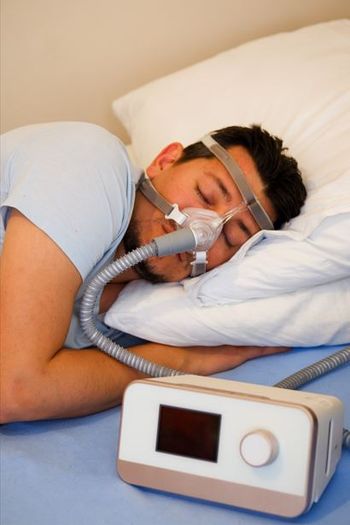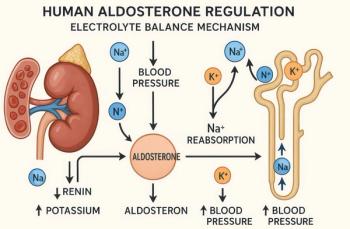
NOACs No Longer Novel
A study of a global registry finds that prescriptions for direct oral anticoagulants have now surpassed those for VKAs. What do you Rx?
The novel oral anticoagulants (NOACs) as they used to be called are no longer so novel. Due to their ease of dosing, consistent therapeutic effect and lack of drug and food interactions, both providers and patients have increasingly gravitated towards use of these non-vitamin K antagonist agents to treat nonvalvular atrial fibrillation.
In fact, a study of the Global Registry on Long-Term Oral Antithrombotic Treatment in Patients with Atrial Fibrillation (GLORIA-AF) global registry program, published in JACC1showed that uptake of the not-so-new direct oral anticoagulant (DOACs) into clinical practice has not only been high – they are actually now prescribed more frequently in Europe and North America than vitamin K antagonists (VKA).
Phase 2 of the registry began in November 2011, when the first non-vitamin K antagonist dabigatran became available and ended in December 2014. There were a total of 15,092 eligible patients:
Median age, 71 years, 46% females, 47% European, 23% North American, 20% Asian, 6% Latin America, 4% Middle East/Africa.
Only 13.9% had a lower CHA2DS2-VASc score of 1 and 86.1% had a score ≥2. Of the ~80% of patients who were anticoagulated, 47.6% received a DOAC and 32.3% received VKA. Note that eligible patients with a Class I indication for anticoagulation did not receive some form of oral anticoagulation 17.8% of the time. The use of DOAC was more common than VKA in both Europe (52.3% vs 37.8%) and North America (52.1% vs 26.2%).
The accompanying editorial in JACC by Deedwania and Acharya2 highlights some important take-aways and cautions from this study:
1. Almost 20% of patients eligible for anticoagulation are not receiving it. (Incidentally, this is markedly better than other registries such as the PINNACLE and GARFIELD-AF registries, raising the concern that the GLORIA-AF registry may not be truly representative of a real-world situation).
2. Patients with paroxysmal AF are overrepresented in the registry (53%) and may not be representative of patients with persistent or permanent AF.
3. The registry was launched at the time of dabigatran approval, which may affect number of patients on DOACs.
4. There is suggestion of selection bias in sites such as Africa, where only 1.5% of eligible patients do not receive therapy-not representative of a low-resource setting.
It is not surprising that the uptake of DOACs has been as brisk as suggested by these findings. As more data emerges about the safety and efficacy and these agents become less expensive, the trend toward higher clinical utilization will probably continue. Large numbers of eligible patients, however, remain undertreated, a gap that persists worldwide.
References:
1. Huisman MV, Rothman KJ, Paquette M, et al.
2. Deedwania P, Acharya T. Anticoagulation in atrial fibrillation: Is the paradigm really shifting? J Am Coll Cardiol 2017; DOI:10.1016/j.jacc.2016.11.062.
Newsletter
Enhance your clinical practice with the Patient Care newsletter, offering the latest evidence-based guidelines, diagnostic insights, and treatment strategies for primary care physicians.



